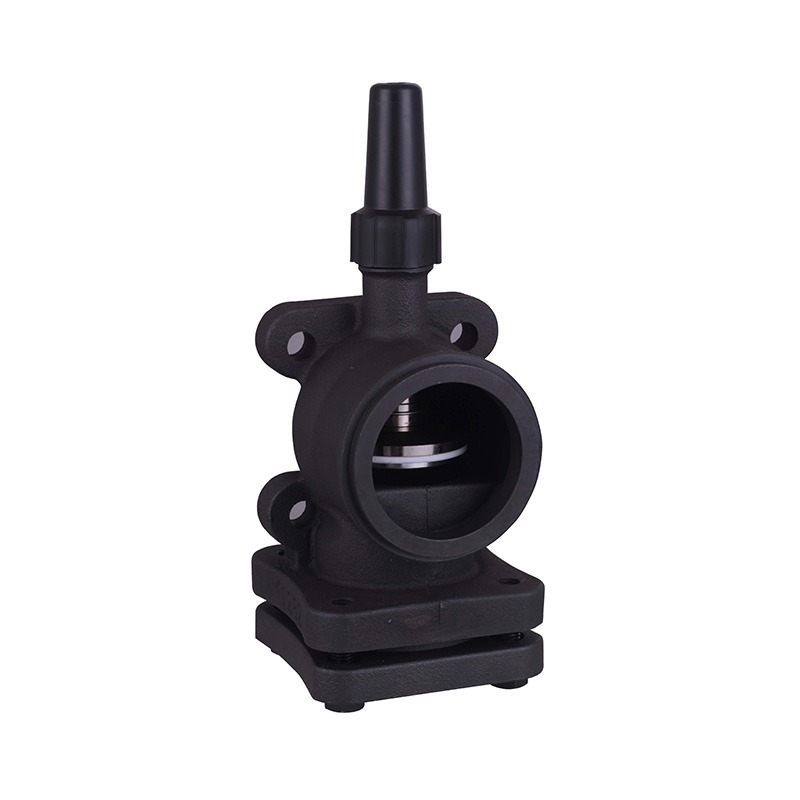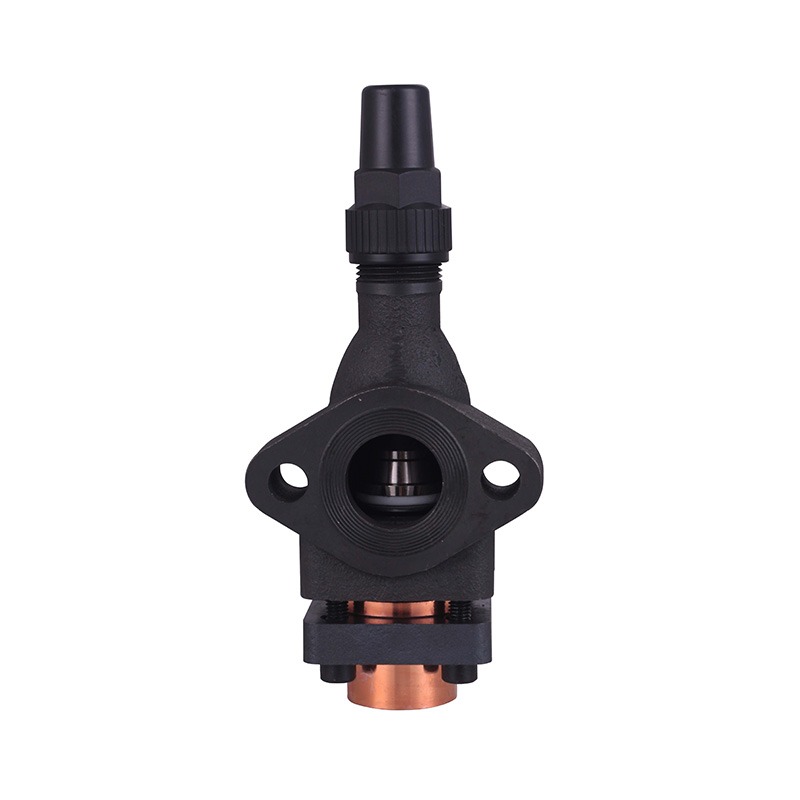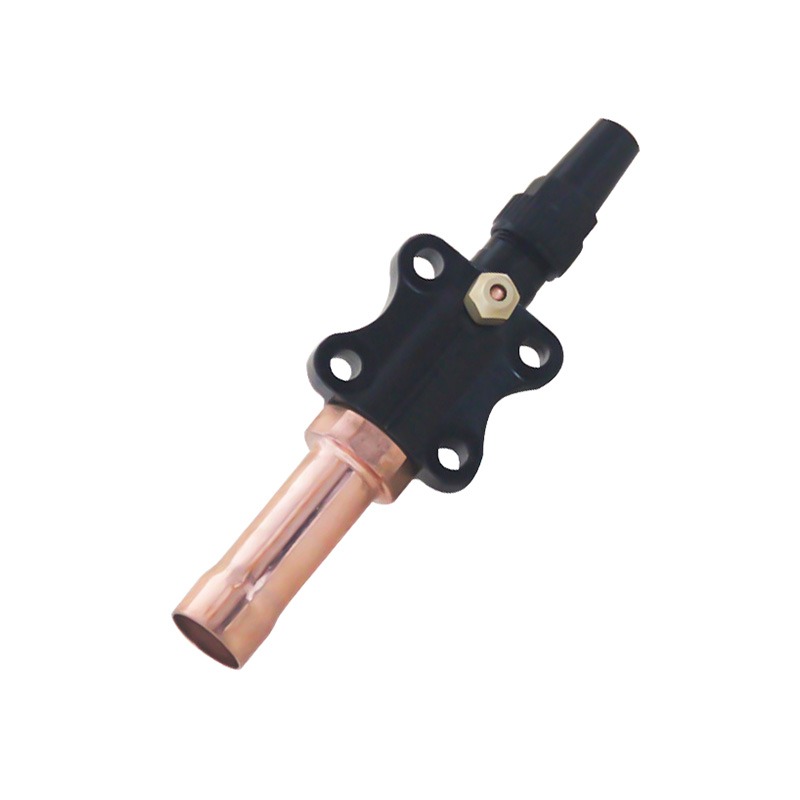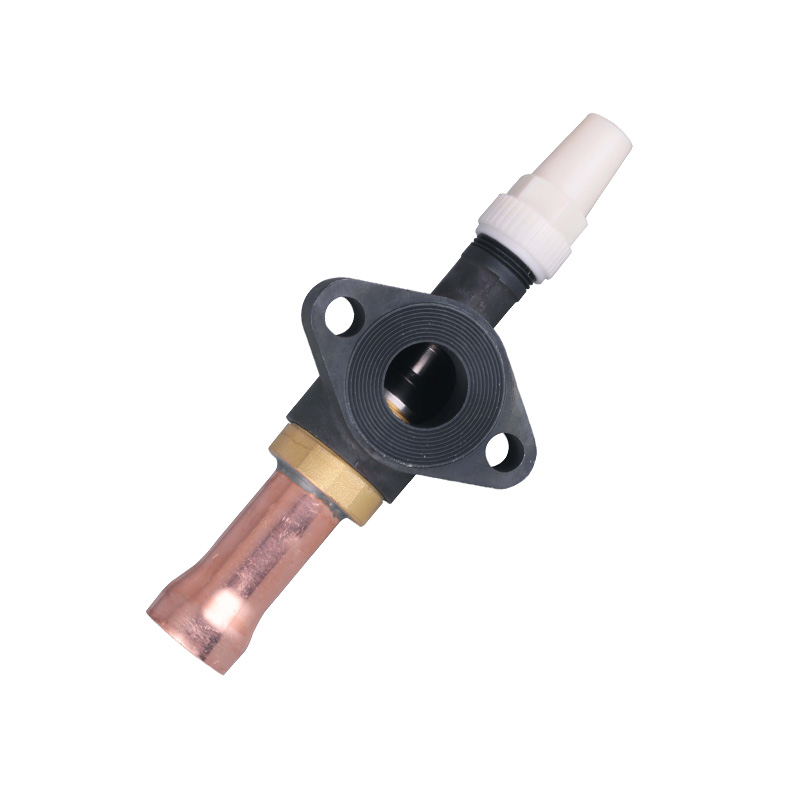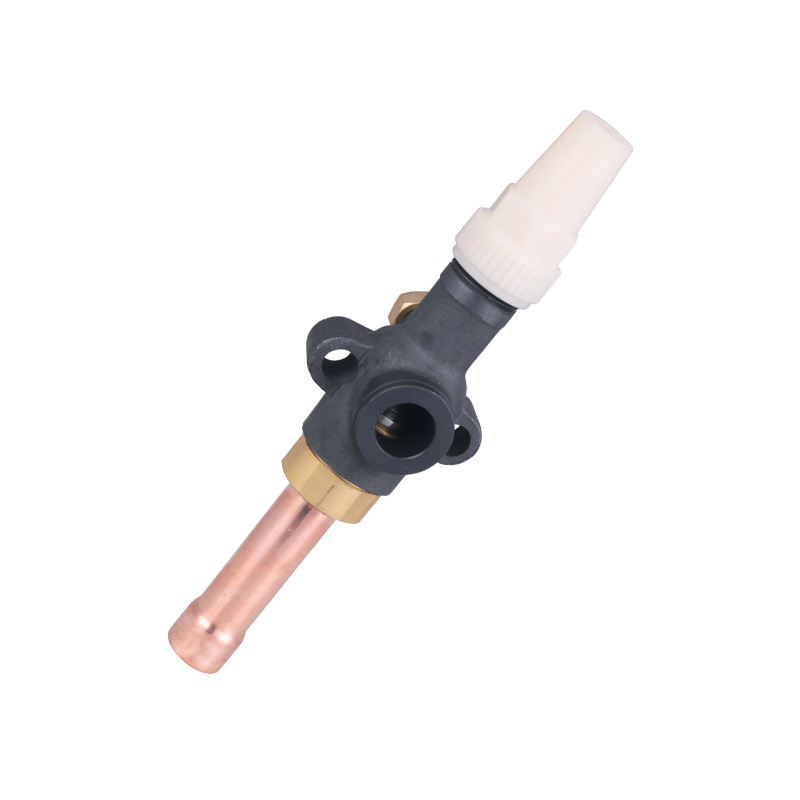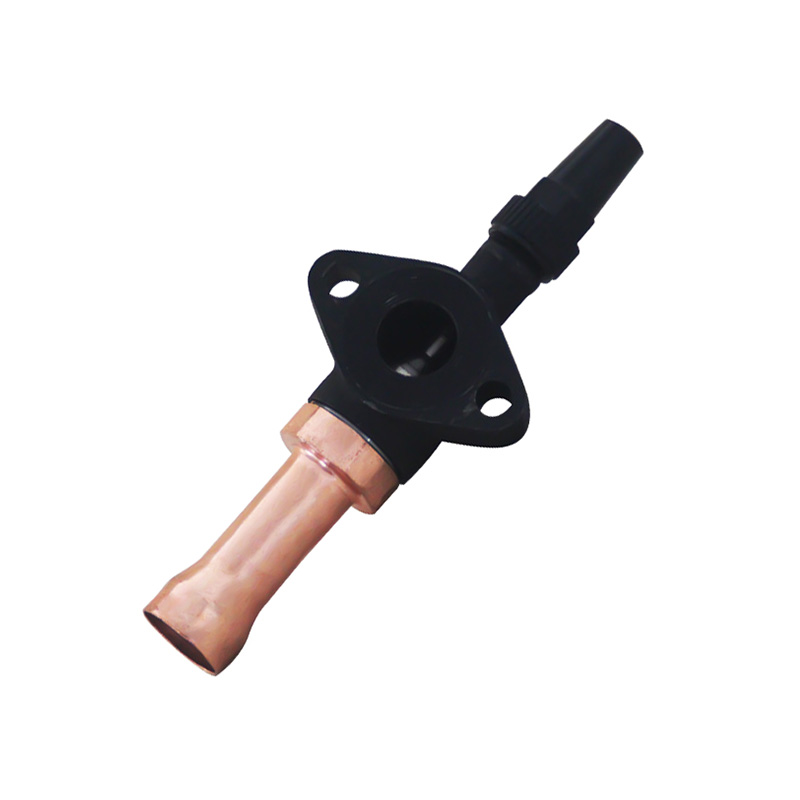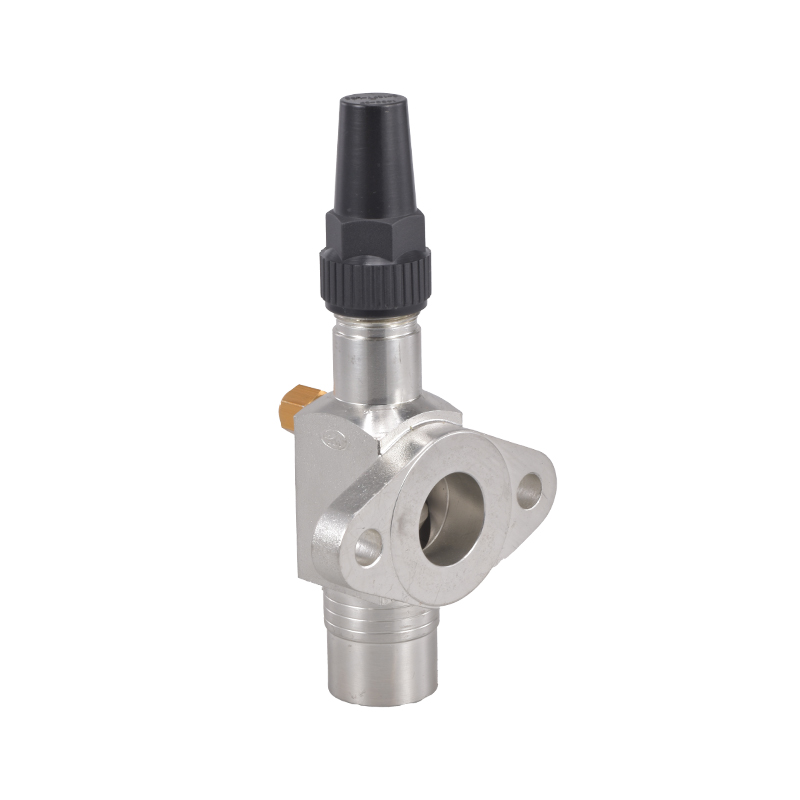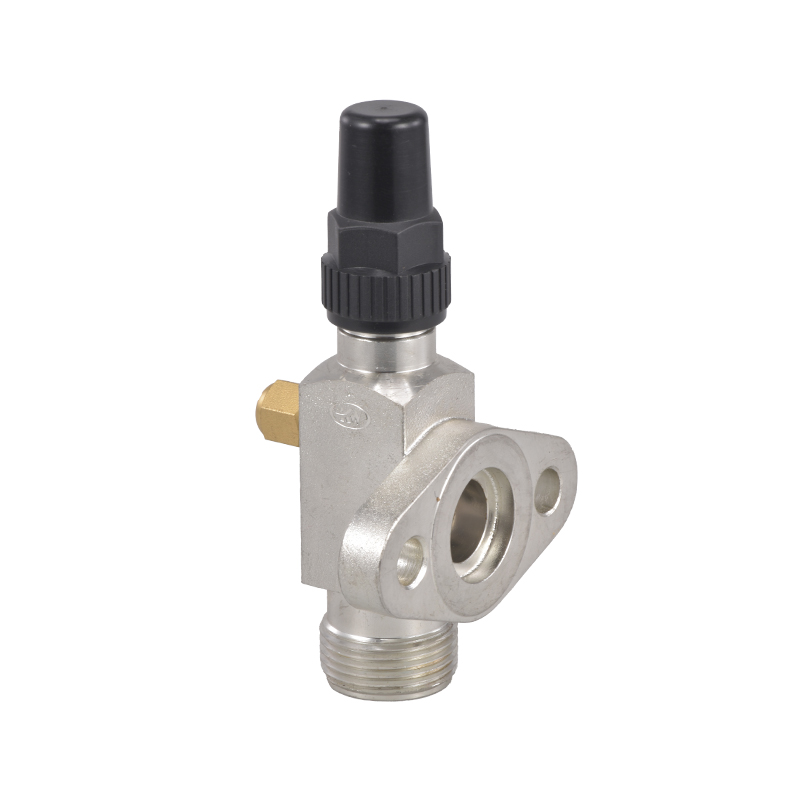From AI to Green Hydrogen: Is Your One-Way Stop Valve Ready for the Next Energy Revolution?
 By Admin
By Admin
Global energy transformation is accelerating—with the surging power demands of AI data centers and the large-scale application of clean energy like green hydrogen reshaping the infrastructure logic of the entire energy industry. This shift is no longer a distant concept but a pressing reality for energy sector practitioners: core components that once met basic operational needs now face unprecedented performance challenges. Among these, the One-Way Stop Valve—a key part controlling unidirectional fluid flow—has become critical. Traditional valves, designed for conventional energy scenarios, often fail to adapt to the new demands of green hydrogen, carbon capture, and smart grid systems. This article analyzes why legacy valves fall short and what characteristics a future-ready One-Way Stop Valve must have, focusing on the practical needs of energy industry operations.
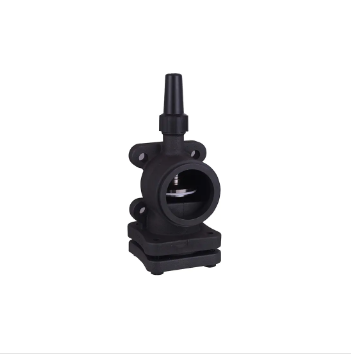
How One-Way Stop Valves Address Key Pain Points in Clean Energy Storage and Transportation
The large-scale promotion of clean energy has exposed two major industry pain points: the sealing challenge of green hydrogen storage and transportation, and the corrosion resistance requirement of carbon capture systems. Green hydrogen, with its ultra-small molecular structure, easily penetrates conventional valve materials—leading to fuel loss and potential safety hazards, a risk that energy facility operators cannot afford. Similarly, the corrosive media in carbon capture systems rapidly degrades standard valves, increasing maintenance frequency and operational costs.
A high-performance One-Way Stop Valve targets these issues directly. Its material selection is tailored to clean energy scenarios: special sealing materials prevent hydrogen leakage, while corrosion-resistant alloys withstand the erosion of carbon capture media. For the industry, this means more than just component reliability—it ensures the economic viability of clean energy projects. Reduced hydrogen leakage lowers fuel waste, and longer valve service life cuts maintenance downtime, laying a solid foundation for the large-scale commercialization of green energy.
Why One-Way Stop Valves Are Critical for Sustained Operation of Key Energy Facilities
Uninterrupted operation is a core requirement for critical energy facilities, and the One-Way Stop Valve plays an irreplaceable role in ensuring this. AI data centers, which are the "energy hunger hubs" of the digital era, rely on backup natural gas generators to avoid power outages—any delay in generator startup could lead to service disruptions, affecting SLA (Service Level Agreement) fulfillment for clients. The One-Way Stop Valve in the generator’s fuel line controls gas flow with high responsiveness; a slow or leaky valve would directly cause generator startup failures.
This valve also supports the stable integration of renewable energy into the grid. As wind and solar power—intermittent by nature—account for an increasing share of the energy mix, energy storage systems have become essential to balance supply and demand. The One-Way Stop Valve regulates the flow of stored energy to the grid, ensuring it is released only during peak demand periods. This not only maintains grid stability but also maximizes the utilization of renewable energy, aligning with the industry’s goal of "high-efficiency clean energy consumption."
Material Innovation: How Industry Demand Is Driving One-Way Stop Valve Upgrades
The energy industry’s requirements for valve materials have shifted from "basic durability" to "scenario-specific adaptability"—a change that is driving innovation in One-Way Stop Valve materials. Conventional metals struggle in new energy environments: for example, ordinary steel becomes brittle after long-term exposure to hydrogen, a fatal flaw for valves in hydrogen fueling stations or pipeline systems.
To address this, manufacturers are developing specialized materials for One-Way Stop Valves: hydrogen-resistant stainless steel that avoids embrittlement, and advanced composites with superior chemical stability. For engineering teams selecting components, these materials mean more than just better performance—they reduce the risk of project delays caused by valve failures and lower long-term replacement costs. This material upgrade trend reflects the industry’s shift toward "precision matching" of components to application scenarios, rather than one-size-fits-all solutions.
Smart Upgrades: Enabling Predictive Maintenance in the Energy Industry
As the energy industry embraces digital transformation, operational models are shifting from "passive repair" to "active predictive maintenance"—and the One-Way Stop Valve is keeping pace with this shift. Modern smart versions of the valve are equipped with embedded sensors that monitor real-time data such as pressure differentials, seal integrity, and component wear. This data is transmitted to central control systems, allowing Operations and Maintenance teams to detect potential issues (like micro-leaks or early-stage wear) before they escalate into failures.
For energy facilities, this means a significant reduction in unplanned downtime. A carbon capture plant, for instance, can schedule valve maintenance during regular shutdowns instead of halting operations unexpectedly due to a valve failure. For the broader industry, smart One-Way Stop Valves are not just a component upgrade—they are a key enabler of the "digital energy infrastructure" vision, linking small-scale components to large-scale intelligent operation systems and supporting the industry’s transition to more efficient, reliable operations.




 English
English русский
русский Deutsch
Deutsch
